The research project on kiwifruit mortality, launched last year within the Operational Programme of theCommon Market Organization (CMO) for fruit and vegetables in Emilia-Romagna and financed by Elle Esse AOP, keep doing steps forward and to arouse considerable interest among those involved in the agricultural sector.
The project aims to Explore the impact of water management on kiwifruit decline syndrome, a major problem for farmers. The main objective is improve the sustainability of agroecosystems and address this syndrome with determination, which represents a significant threat to Italian kiwifruit production.
Project approach and purpose
The heart of the project is the search for optimal solutions for the use of water and nutritional resources, adapting them to the specific phenological phases of kiwi (Actinidia). This work aims to increase sustainability and effectively combat kiwifruit decline. A key aspect of the project is theadoption of innovative technologies, like the satellite monitoring, to obtain a comprehensive view of agricultural field conditions and provide timely information to adjust agronomic practices.
Preliminary results and first discoveries
In the first months of the project, the analyses they focused on the Response of vegetation and biophysical indices calculated from satellite images of plots covered with anti-hail nets. Due to the increase in extreme weather events, such as hailstorms, there is a growing trend to cover kiwi plants.
Comparison between covered and uncovered fields
The analysis compared the NDVI, LAI, FPAR and FCOVER indices from 1 March 2023 to 31 October 2023 between a plot covered with anti-hail net and an uncovered one with similar characteristics. The results showed that thecoverage does not compromise the validity of the indexes, except for FCOVER, without prejudice to the need to use appropriate conversion factors.
Impact of the color of protective nets
A further study concerned the color of the anti-hail nets, to determine which shade responds best to satellite analyses of the health status of the plants. The first results, obtained from plots in Basilicata and Calabria, show that the black covers do not significantly alter the satellite signals and indices used, as well as those yellow. The white covers, instead, have a greater impact on the analyzed indices.
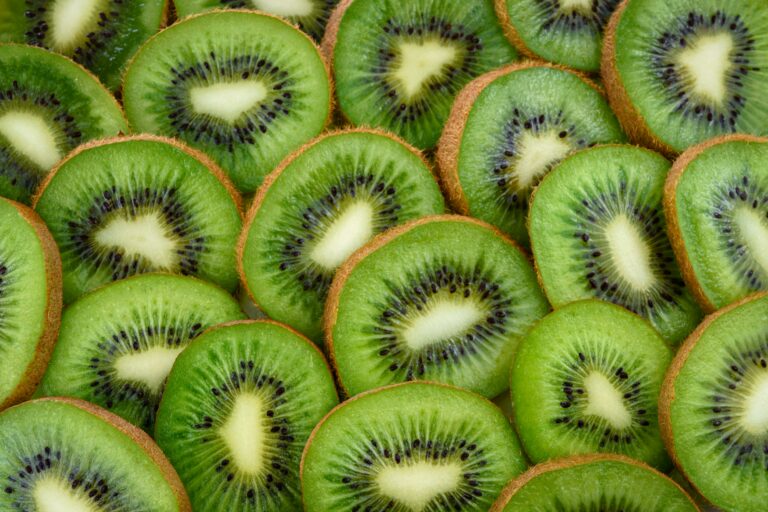
How did the first six months of 2024 go?
The research activities carried out in the first six months of 2024 concerned two distinct strands: the role of weaving anti-hail sheets and the calculation of theeffective evapotranspiration.
Anti-hail sheets: the importance of weaving
The activities started last year continue on effects produced by covering yellow kiwi fields with anti-hail sheets on the measurements carried out with satellite sensors. For the comparison between plots covered with anti-hail sheets and neighbouring and similar plots but without cover the value and trend of some vegetation (NDVI) and biophysical (LAI, Fcover, fPAR) indices calculated from earth observation images are being studied in depthThe analyses just started take into consideration awnings with different solar coverage index values (the result of the combination of colour and texture of the covers), so as to identify the range of values that do not significantly impact the results of satellite analyses and to introduce any appropriate conversion factors.
Calculating Evapotranspiration
A research activity has also been started aimed at Calculation of the actual evapotranspiration of yellow kiwi crops from satellite images and weather data through TETHYS algorithms. These data will then be compared with what is detected with ground instruments by technicians from the Mediterranean University of Reggio Calabria, which participates in the research project. The evapotranspiration data is detected by Prof. Gregorio Gullo and his collaborators through a sensor that measures the passage of sap rising inside the trunk of the plants: it is therefore a question of a very precise comparison dataThe research, carried out on a test plot located in the Polistena area (RC), will take into consideration a rather long period of time (from the 2019 to the 2023 agricultural season included) and will therefore be able to provide particularly solid and reliable results.

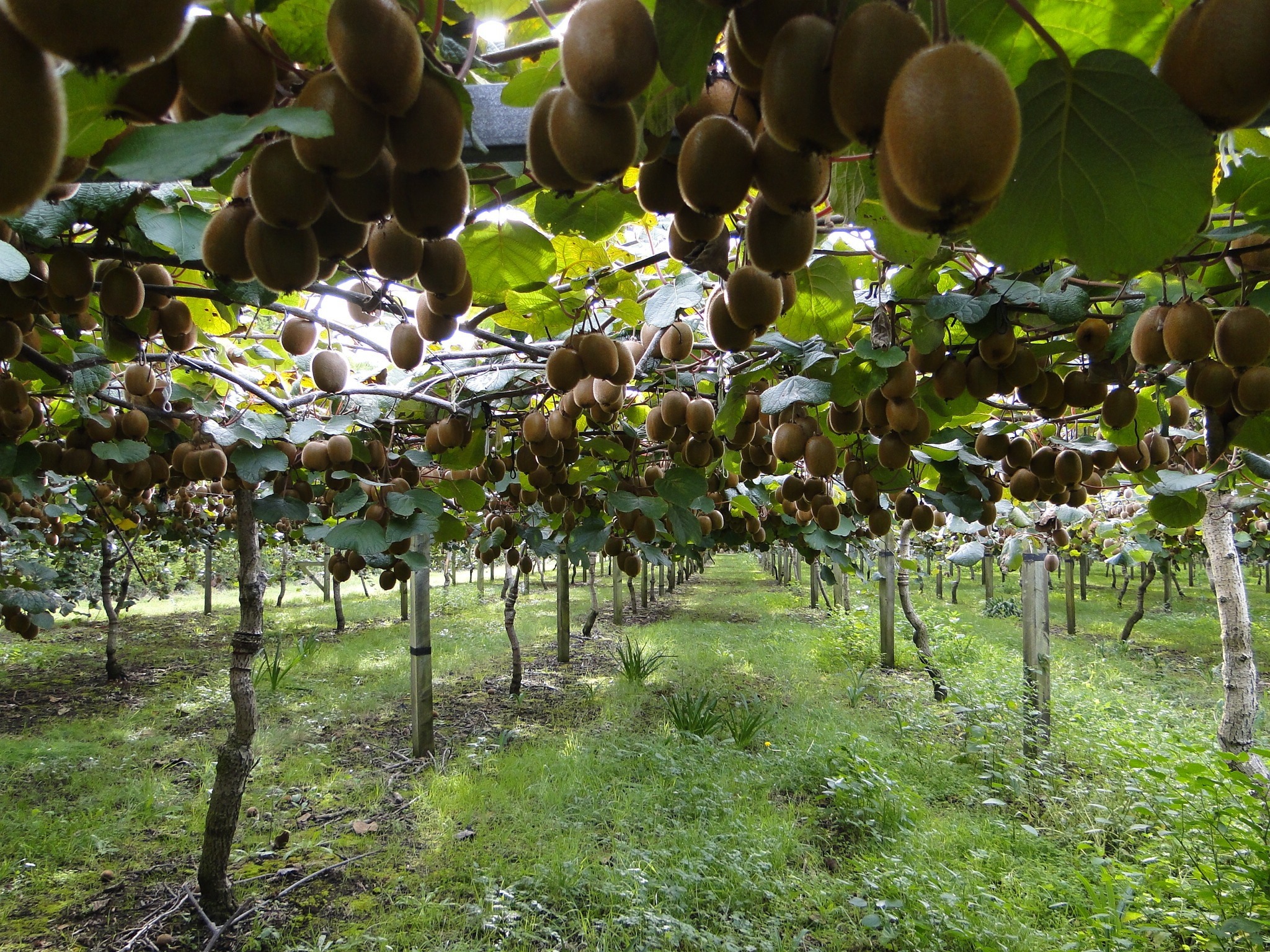

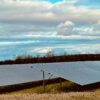
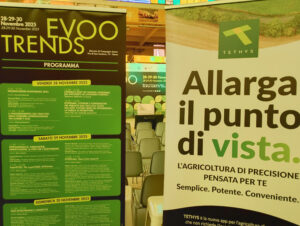
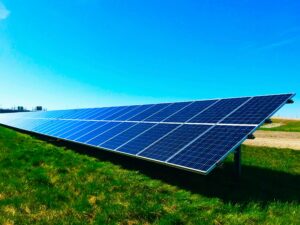
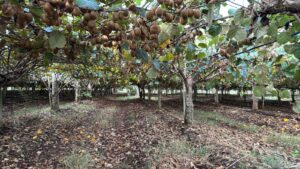
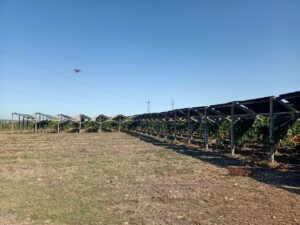
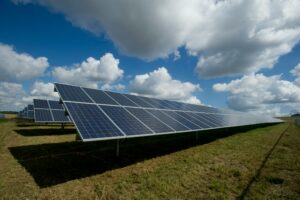

Add comment
You must be logged in to post a comment.